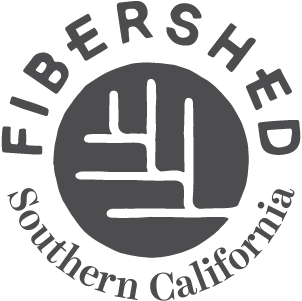There’s no waste in nature.
What a superb concept. Knowing that anything originating out of the soil we tread, air we breathe, and water we drink, will ultimately return to its source or be transformed in a perennial loop of life and regeneration. Death is a cultural-religious concept sprung out of human intellect. In nature, every element, every atom, has no end, including the ones that constitute us as Homo Sapiens.
In nature, similarly, there’s no ugly color combination, no inefficient operation. Everything is designed for function and form to work in unison in achieving the perfect solutions in synergetic coexistence: habitats, animals, plant species, communities, people of different disciplines and backgrounds. Today, the word we use to define this type of sustainable design thinking is called biomimicry, or “the conscious emulation of nature’s genius”, as defined by author Janine Benyus in 1997.
Biomimetic designers and engineers draw upon nature’s forms, processes and ecosystems to solve problems, applying those principles to projects and solutions, using a system of ethos, emulation, and (re)connection. Ethos, as in sustainable and ethical behavior to current and future organisms; emulation as in utilizing nature as a mentor, not as a subject; (re)connection as reestablishing a relationship with both nature and all people living in it.
In the context of fibersheds, where natural processes, communion of local players, conservation of resources, and the utilization of local resources without disrupting ecosystems are essential, biomimicry could play an important role. In a fibershed, for example, animals are shepherded by mimicking their natural paths of migration, which in turn ensures the conservation of soils and enrichment of ecosystems. Furthermore, in a robust fibershed soil management is designed to recapture and sequester carbon dioxide, thereby enriching the soil and the plants living in them. This process occurs in a manner similar to what ants do, through their accumulation of organic debris, enhancement of in-tunnel water flow and air circulation.
Photo Credit: Pexels.com, Jimmy Chen
Southern California is plagued by frequent droughts, causing long-term problems like “land subsidence, seawater intrusion, and damage to ecosystems”, as per the USGS California Water Science Center’s website. The dry soil in this vast region is one of the many reasons why a robust textile supply chain has not been able to develop, or to persist over time.
Biomimicry starts with a simple question: how would nature solve this problem?
In the organization’s affiliate website, AskNature.org, a simple search on water conservation reveals that the barrel cactus, thanks to its pleated round shape, is able to shade 60% of its surface, thus massively limiting the amount of water it needs to grow. Also, the red spotted desert toads, by being active only when temperatures are lower, and by storing their excess water in expandable bladders, minimize water loss and have access to steady supply of moisture on demand. In yet another instance, cribellate spiders’ webs are built in a unique structure of dense spindle knots capable of continuously collecting water drops. These and many more examples are present in nature as a source of ideas for innovations in agriculture, science, technology, design, transportation, recycling, economic transactions, politics, energy, conservation, and so forth.
Photo Credit: Stan Shebs, CC BY-SA 3.0, https://commons.wikimedia.org/w/index.php?curid=3004833
Red Spotted Desert Toad, Public Image: https://commons.wikimedia.org/wiki/File:Bufo.punctatus.web.jpg
Photo Credit: Pixabay (Pexels)
The art of looking at natural processes for design and technical inspiration is certainly not new. In the fifteenth century, Leonardo Da Vinci famously looked at the flight of birds and insects in his attempts to devise a way for men to fly. He also observed ducks and other aquatic creatures with the intent to re-create ways for men to breathe under water and increase their buoyancy.
You don’t have to be a scientist to be inspired by nature to design innovative solutions, be it in your back yard, your business operation, or society at large. Next time you are walking in nature take a good luck at the structure of flowers, leaves and bark. Feel the wind on your face, pay attention to the relationship between different elements, and make it a practice to reconnect to nature. Once we get out of this quarantine we will need these skills more than ever in order to build sustainable sociocultural and economic fibershed ecosystems that can sustain us and our future generations for years to come.
For more information visit https://biomimicry.org/ and https://asknature.org/
Cover photo credit: Tiff Ng (Pexels).





